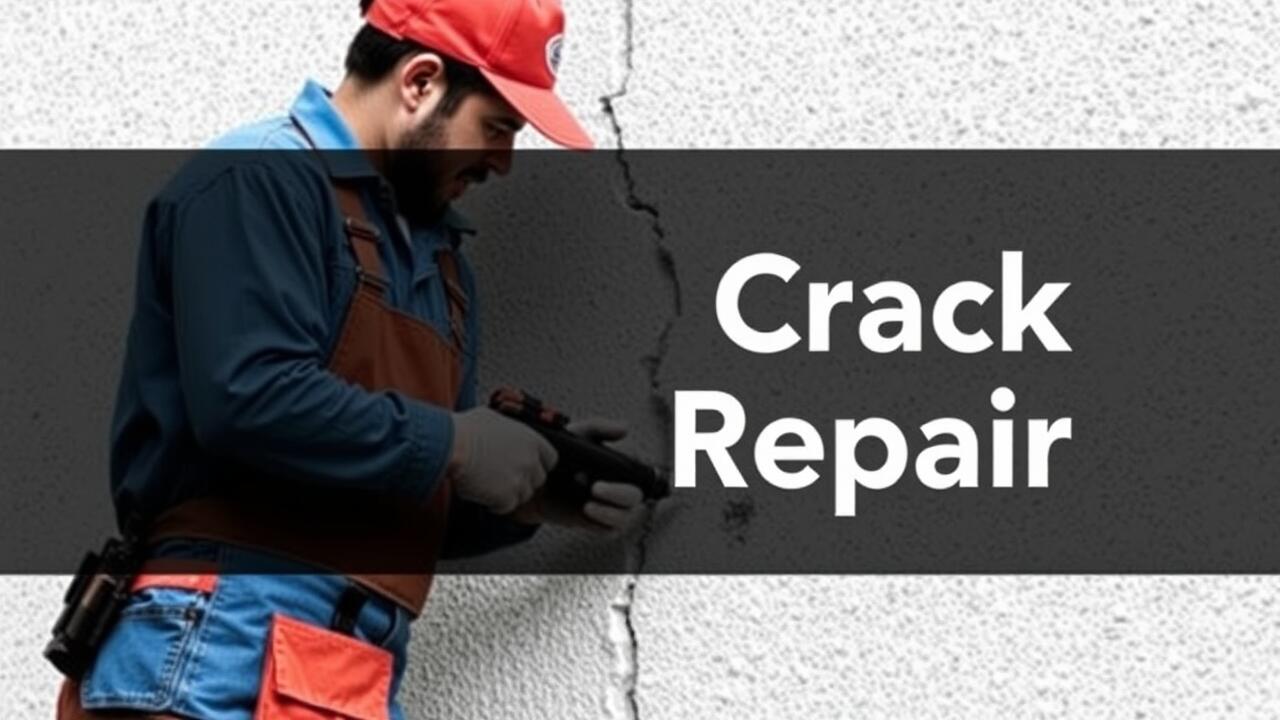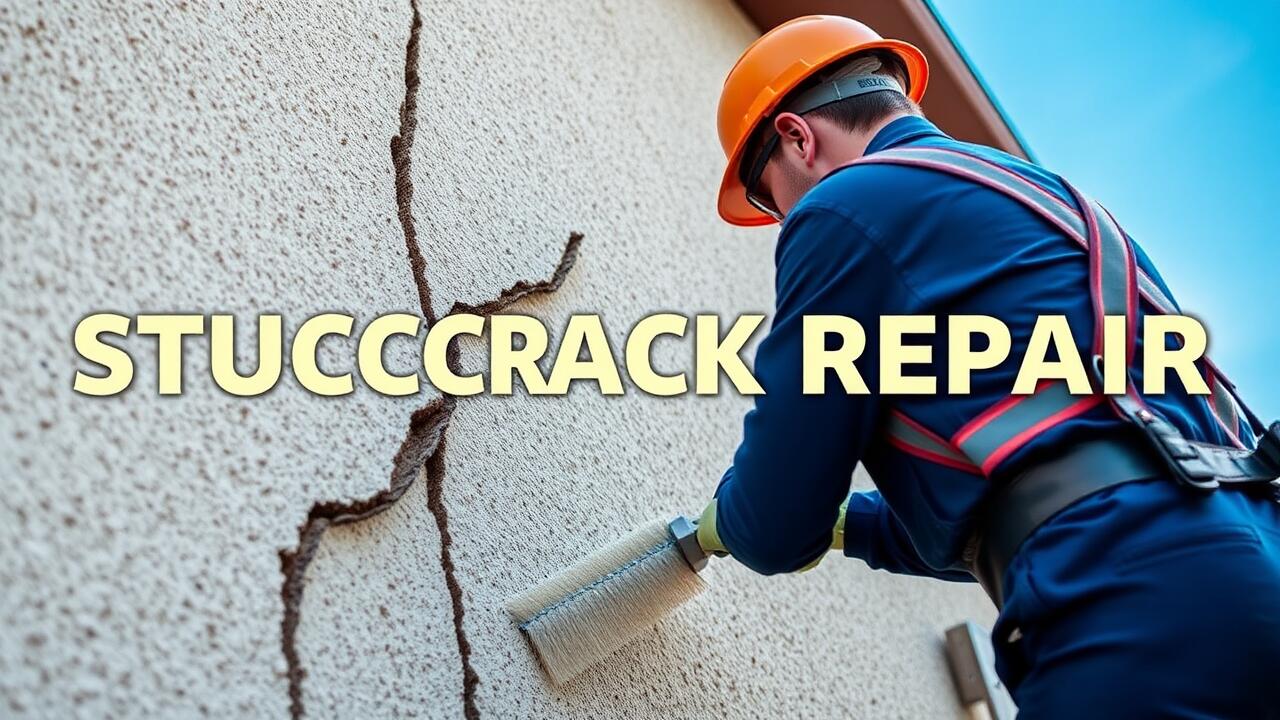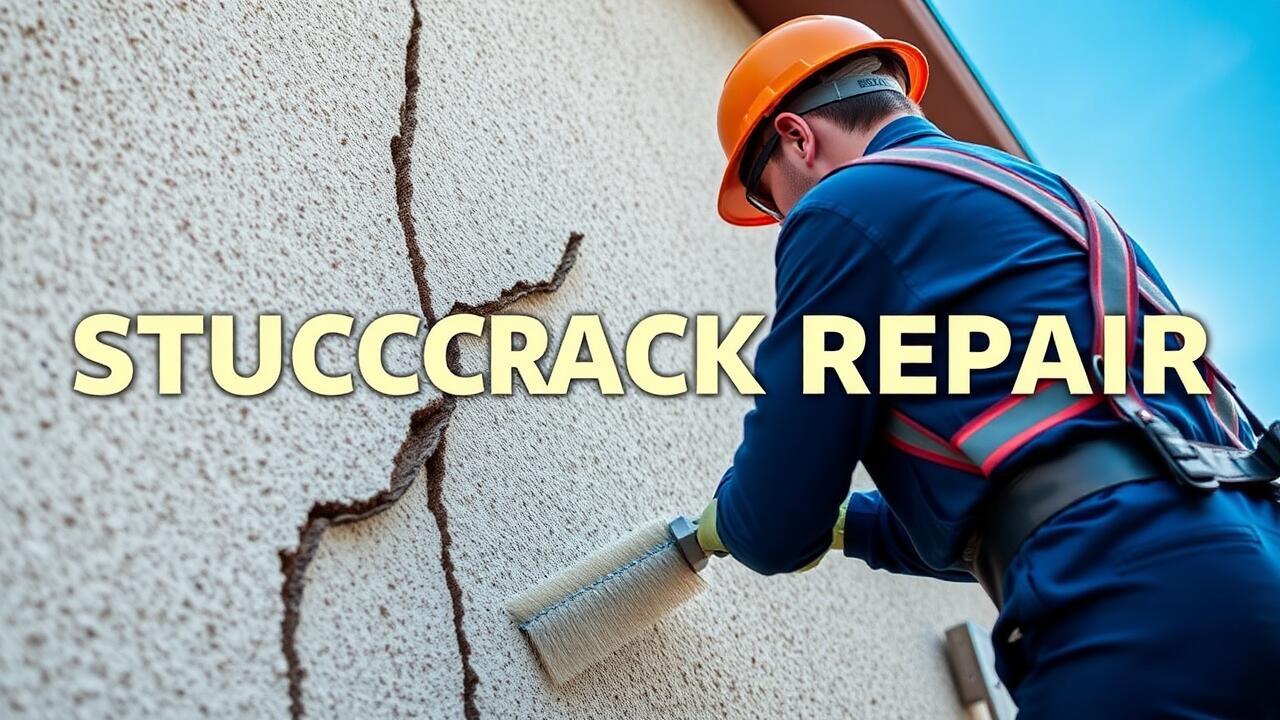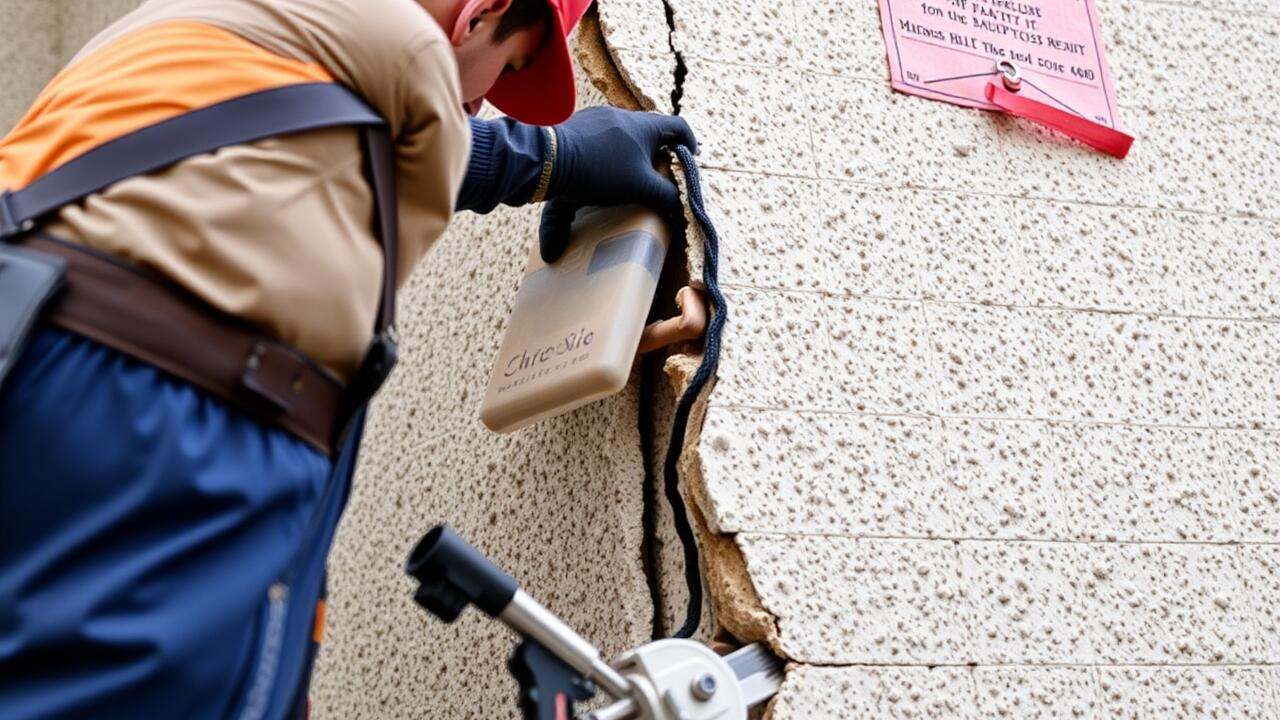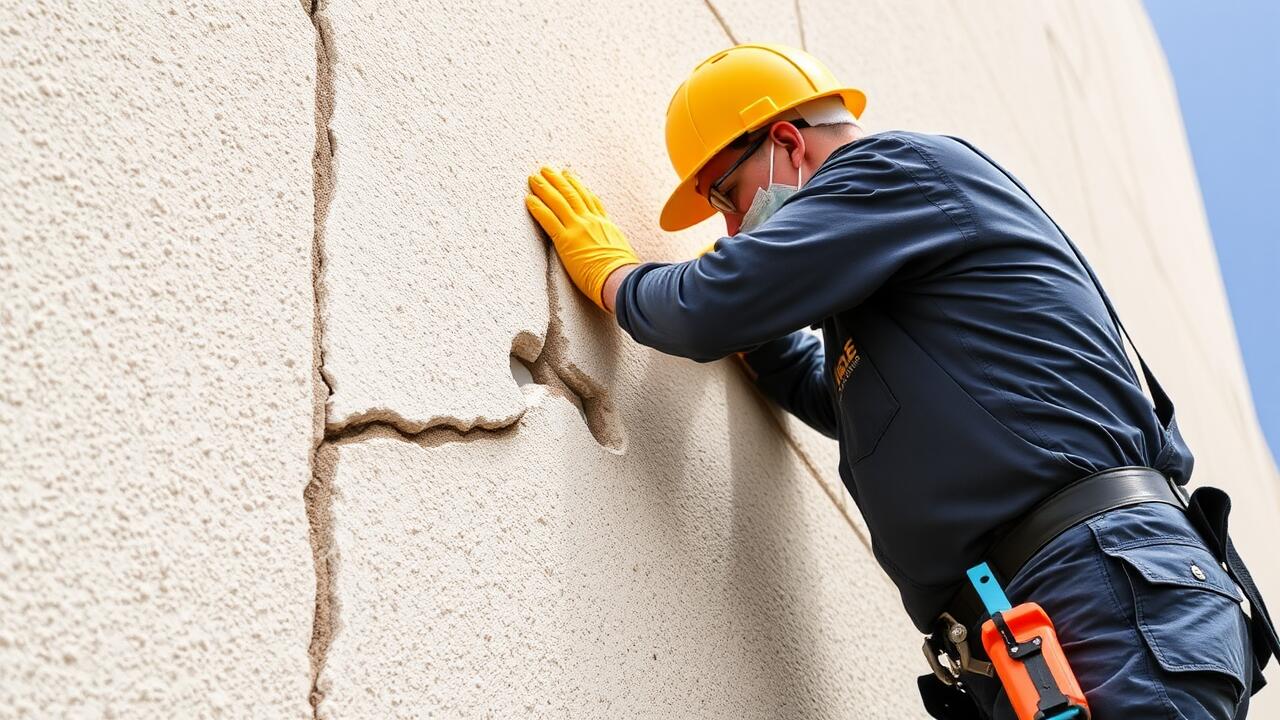
Applying Stucco Patch
To repair stucco cracks effectively, start by gathering the necessary materials for applying stucco patch. Clean the area around the crack to ensure that dirt, dust, or loose particles do not interfere with the patch adhering properly. A wire brush, chisel, and a vacuum can help prepare the surface. Select a stucco patch that matches the original texture and color as closely as possible. This ensures a uniform appearance post-repair. Consider using a patching compound specifically formulated for exterior use, as it provides better moisture resistance.
Once the area is prepped, apply the stucco patch with a trowel for a smooth finish. Be sure to press the patch firmly into the crack to eliminate any air pockets. Feather the edges to blend the new patch with the existing stucco surface. Avoid applying too much compound at once, as this can lead to uneven texture. After application, search online for "Stucco Crack Repair near me" to find local professionals who can assist with bigger issues or provide guidance on your repair efforts if needed.
Tips for a Smooth Application
To achieve a smooth application when repairing stucco cracks, preparation is essential. Begin by ensuring that the area is clean and free of dust or debris. Use a wire brush or a vacuum to remove loose material. This not only creates a better bond for the patch but also helps to prevent further cracking. When selecting a stucco patch, choose one that matches the texture and consistency of your existing stucco. Consider using tools such as trowels or putty knives to apply the patch evenly.
While applying the patch, work in small sections to maintain control and achieve a consistent finish. Lightly press the patch into the crack, smoothing it out to blend with the surrounding surface. For those unfamiliar with the process, seeking professional assistance with "Stucco Crack Repair near me" can provide expert results. This approach ensures that repairs are done correctly the first time, minimizing the need for future maintenance and contributing to a more polished look overall.
Texturing the Repair Area
Texturing the repair area is essential for blending the new stucco with the existing wall. Depending on the texture of your current stucco, you might need to use a sponge, brush, or trowel during this process. Start by evaluating the surrounding surface to determine the right approach. For a smooth finish, a trowel works best, while a sponge or brush can create a rougher, more varied texture.
Once you've achieved the desired texture, it's crucial to match it as closely as possible to the surrounding area. This may involve practicing on a separate piece of material before applying your technique directly to the wall. If you're unsure about your skills or prefer professional help, consider searching online for "Stucco Crack Repair near me" to find local services that can assist in achieving a seamless finish.
Matching the Existing Stucco Finish
Achieving a seamless blend between the existing stucco finish and the newly repaired area requires careful attention to detail. Start by assessing the texture of the surrounding stucco. Depending on whether it is a smooth, sanded, or patterned finish, your repair method and materials may vary. Take note of the size and pattern of the texture. If the original stucco has a distinct look, consider using a tool or technique that replicates that specific style.
For a perfect match, gathering samples or photographs of the original stucco can help guide the repair process. When searching for assistance, try using “Stucco Crack Repair near me” to find professionals who specialize in this type of work. These experts often have the experience and tools necessary to match the texture accurately. This not only enhances the appearance but also contributes to the overall durability and longevity of the repair.
Allowing for Drying Time
After applying the stucco patch, it's crucial to allow sufficient drying time. The drying process can vary based on humidity, temperature, and the type of patching material used. Generally, it's recommended to wait at least 24 hours before proceeding to the next step in your repair process. This not only ensures the patch sets properly but also helps to prevent moisture problems in the future.
Proper curing contributes significantly to the durability of the repair. Rushing the process may lead to adhesion issues, resulting in cracks reappearing sooner than expected. For those unsure about the repair duration or methods, searching for "Stucco Crack Repair near me" can connect you with professionals who understand local climate considerations and can provide recommendations for optimal drying times.
Importance of Proper Curing
Proper curing is essential for ensuring that stucco repairs are durable and long-lasting. When stucco is applied, it needs to hydrate and bond effectively with the underlying surface. Insufficient curing can lead to cracking, peeling, or flaking, undermining the integrity of the repair. Homeowners should always allow the new stucco to dry naturally, avoiding any rush to paint or texture before it has set adequately.
If you're unsure about the curing process or if the repairs are beyond your skillset, searching for "Stucco Crack Repair near me" can connect you with professionals who understand how to handle these tasks properly. Experts can provide guidance on the specific drying time for your climate and the conditions that can affect it. This attention to detail helps ensure that your stucco finish remains intact and visually appealing for years to come.
FAQS
What materials do I need to repair stucco cracks?
To repair stucco cracks, you will need a stucco patching compound, a putty knife or trowel, a wire brush, safety goggles, and water for mixing the patch if necessary.
How do I prepare the area before applying the stucco patch?
First, clean the cracked area using a wire brush to remove any loose debris or dust. Then, dampen the cracked area with water to ensure better adhesion of the stucco patch.
Can I paint over the repaired stucco right away?
No, it's crucial to allow the repaired area to cure properly before painting. Depending on the product used, this could take anywhere from a few days to a week.
How can I match the texture of the existing stucco after repairing?
To match the existing stucco finish, you can use a sponge, brush, or roller to create a similar texture on the repaired area. Practice on a small piece of cardboard to ensure you achieve the desired look.
Is it necessary to use a specific type of stucco patch for exterior repairs?
Yes, for exterior repairs, it's recommended to use a stucco patch that is specifically formulated for outdoor use to ensure durability and resistance to weather elements.
